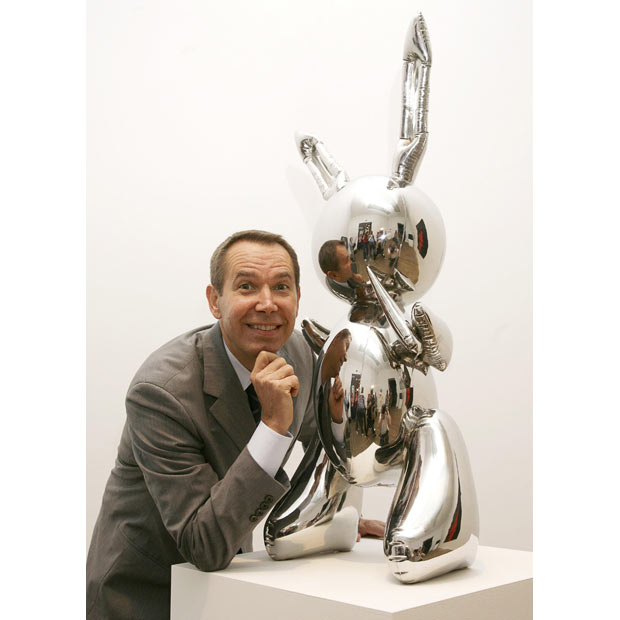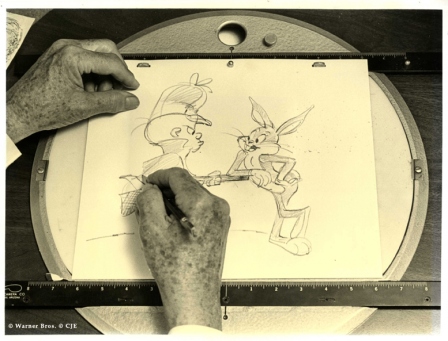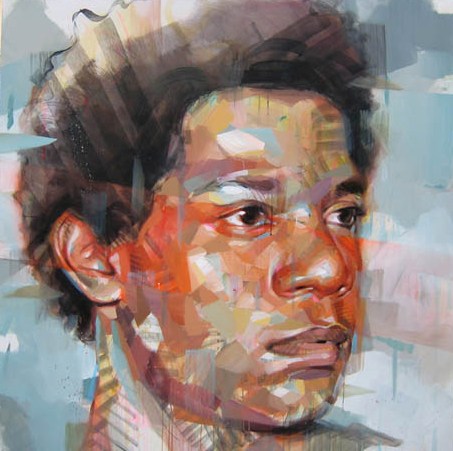 Self-portrait
Self-portrait
Russel Wong is a Singapore-born Hollywood celebrity photographer. He had his primary and secondary education at Anglo-Chinese School. His celebrity portraits have earned him celebrity status. He is heralded as “the Richard Avedon of Asia” –an association Wong doesn’t seem to mind.
Like Avedon, Wong creates stunning portraits that are minimal, dramatic, and brilliantly composed. However, his photographs lack the cool indifference and stiffness of Avedon’s work; instead, the imagery is warm, personal, engaging.
Where does that gift comes from? “It’s difficult to explain”, he begins. “When I shoot someone, I feel like I’m dancing. The idea I’m working with is equivalent to the melody I hear in my head… then I improvise what that song’s ups and downs. I often try something wild at the end.”
The legendary celebrity-photographer the late Richard Avedon [1923-2004] had once sharply noted ‘my portraits are more about me than about the people I photograph’. This observation from the towering figure who chiselled his reputation on photographing the celebrated and the powerful suggests that the portrait-image could reveal as much about the photographer as it does the sitter-subject – or more. Russel Wong [b. 1961-] who (as stated before) has been christened the Richard Avedon of Asia by the popular media, wields an inventory of celebrity portraits that would exhaust most name-droppers. Joining the tradition of celebrity photographers like Avedon, Annie Leibovitz [1949-] Helmut Newton [1920-2004] and Herb Ritts [1952-2002], Wong’s practice ruptures the slender line between celebrity photography and fine art. Whilst some critics banish this genre as a soft art form shaped by the pressures and demands of celebrity publicity machines, most agree that this species of photography remains one of the most potent and most difficult to commandeer. It is one thing to wrestle for access to celebrities and quite another feat to persuade strong self-willed celebrities who are well-acquainted with camera tactics to trust if not share, one’s vision.
Several pivotal shifts in Wong’s practice occurred after his enrollment in the prestigious Art Center College of Design in Los Angeles in 1984 for a fine art degree (Photography). There he encountered tutors and mentors whose personal charisma and professional triumphs exerted great influence over his formative development. In his second year, Wong made a 4-month ‘immersion trip’ to Milan, Italy – ‘the Mecca, where all aspiring fashion photographers go to, and where all the big-name photographers pay their dues’ [Russel Wong, interview 2004]. Wong learnt the language, ate the food and hung out at the Italian fashion cafes, like The White Bear, where models and photographers congregated. Most importantly, his photographic style and approach changed radically, and these shifts were not lost on his mentors. Amongst these was Paul Jasmin [1935-], the renowned fashion designer and photographer who worked with Vogue and Interview. Jasmin introduced Wong to his agent who also represented Herb Ritts.
The agent subsequently became Wong’s first agent in his career – opening the doors to major magazine assignments. Another seminal figure was Antonio Lopez [1943-1987] the flamboyant Puerto Rican fashion illustrator noted for his portraits of Jerry Hall, Jessica Lange and Grace Jones. Lopez, a cult figure in the circles, had in the 1970s, run a Paris salon with Karl Lagerfeld for fashion celebrities. Lopez noted Wong’s work and connected Wong to the remarkable photographer Art Kane [1925-1995] who had photographed The Rolling Stones, Janis Joplin and Bob Dylan among others.
“Antonio said, ‘Go to New York. I will help you!’ He invited me to his New York studio in Union Square and he called up a bunch of photographers. At the point when Antonio introduced me to Art Kane, I was ready to be an assistant, intern, anything. I didn’t really care, because I just wanted to see what it was like to do real photographic work in a New York loft.
I would have waited tables, carried the photographer’s lights, made coffee… you name it. But it turned out that I didn’t have to do any of that. I don’t know if this is good or bad but I didn’t have to assist any photographer on my way up. They liked my work, and it all began.”
[Russel Wong, interview 2004]

 Antonio Lopez
Antonio Lopez
 David Lynch
David Lynch

 Isabella Rossellini
Isabella Rossellini
 Kenzo Takada
Kenzo Takada
 Helmut Newton
Helmut Newton
 Oliver Stone
Oliver Stone

 Joan Chen
Joan Chen
 John Galliano
John Galliano
 Cindy Crawford
Cindy Crawford
 Matt Dillon (as Bob) and Kelly Lynch (as Dianne) in Drugstore Cowboy (Gus Van Sant, 1989)
Matt Dillon (as Bob) and Kelly Lynch (as Dianne) in Drugstore Cowboy (Gus Van Sant, 1989) Reportedly, the roles of Bob and Dianne were offered to Bob Dylan and Patti Smith. Bob and Patti had been friends since 1975
Reportedly, the roles of Bob and Dianne were offered to Bob Dylan and Patti Smith. Bob and Patti had been friends since 1975





























 Chuck Jones and Bugs Bunny
Chuck Jones and Bugs Bunny




























